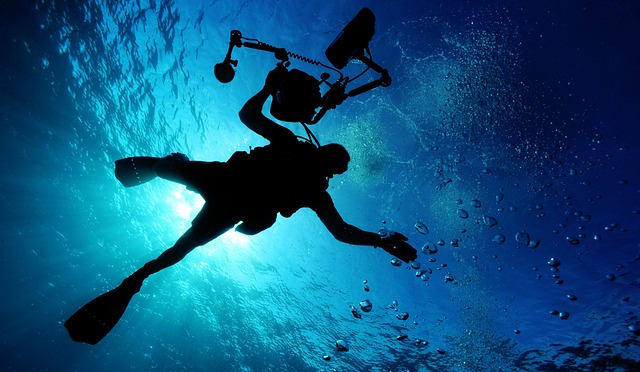Article Title:Sea, land and fish: spatial relationships and the archaeology of South Island Maori fishing
Abstract:
Customary Maori uses of the sea recognized ritual restrictions enforced by supernatural penalties and jurisdictions. In contrast, archaeological interpretations of Maori fishing behaviour emphasize extractive opportunism and, more recently, foraging theory. Archaeological fish catch data are considered from early and later period middens of Te Tau Ihu (northern South Island) to evaluate these seemingly contrastive views. The archaeological sequence is characterized by a highly focused inshore fishing strategy changing only in the identification of the dominant species. Over time the catch pattern shifts to target predictable, fast-growing cool-water species. This change can be interpreted to support explanations of ritually restrictive or low-risk extractive behaviour. These explanations are not mutually exclusive of necessity. Cultural restrictions and boundaries associated with the customary seascape ensured a sustainable and low-risk fish catch, while reinforcing the efficacy of ritual behaviour.
Keywords: Maori seascape; restrictions; fish catch
DOI: 10.1080/0043824042000185829
Source:WORLD ARCHAEOLOGY
Welcome to correct the error, please contact email: humanisticspider@gmail.com



